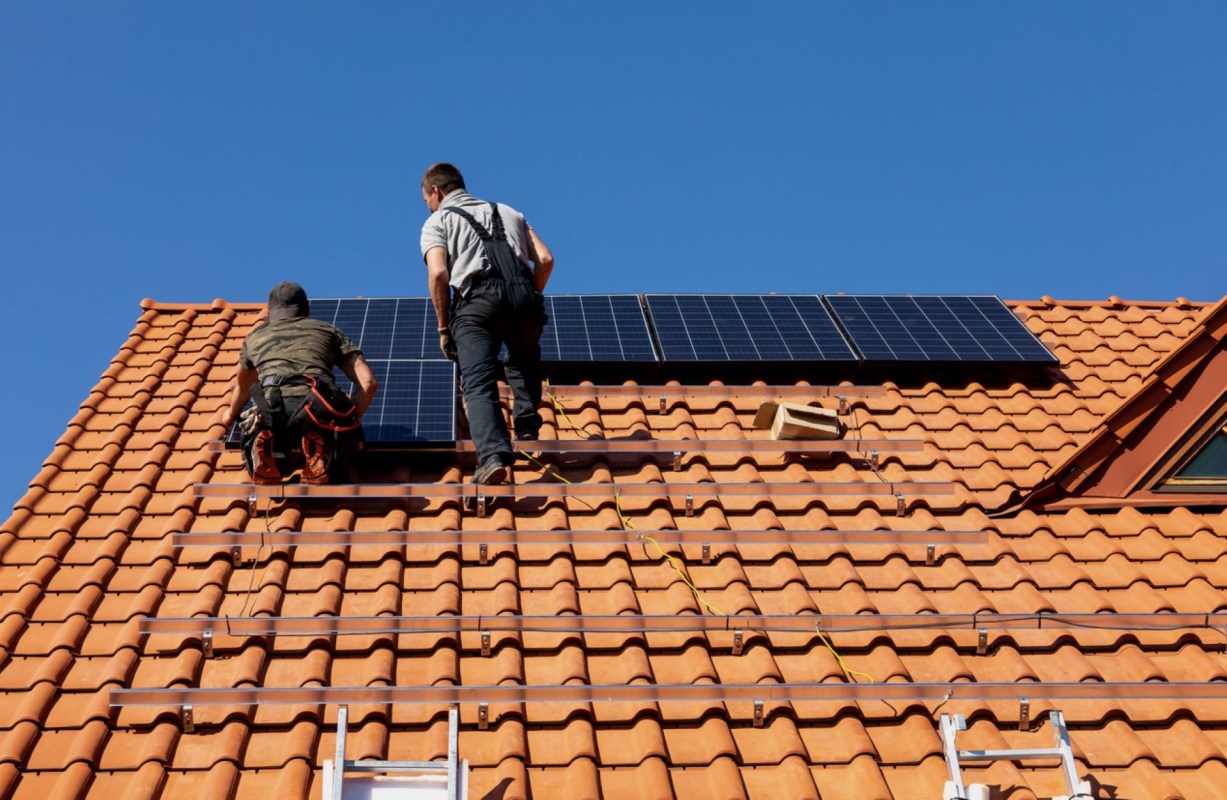California, long a leader in renewable energy, has seen a dramatic drop in rooftop solar installations this year after the state slashed incentives for homeowners. The decline has shocked the industry and raised concerns that the state is undercutting its own climate goals, according to the New York Times.
What's happening?
In late 2022, California cut the credits homeowners receive for excess solar power sent to the grid by 75%. Following that change, rooftop solar sales plunged by as much as 85% in some months compared to a year earlier, according to Ohm Analytics. The solar industry projects installations could fall more than 40% in 2024.
Thousands of businesses involved in solar, from installers to manufacturers, are reeling.
🗣️ If you were to install home solar panels, which of these factors would be your primary motivation?
🔘 Energy independence ⚡
🔘 Lower power bills 💰
🔘 Helping the planet 🌎
🔘 No chance I ever go solar 🚫
🗳️ Click your choice to see results and speak your mind
"I had a very dismal pipeline and had to make the decision to shut down in California," said Thomas Devine of Construct Sun, an installation company that's shifted focus to other states. "These competing policies are crazy."
Why is the fall of solar concerning?
At a time when the world urgently needs more clean energy, "they're making it that much more difficult," professor Yogi Goswami, director of the University of South Florida's Clean Energy Research Center, told the New York Times.
Experts say California's solar slowdown is a major setback in the state's efforts to eliminate carbon and methane pollution by 2045.
Rooftop solar is key to a cleaner, more resilient electric grid, reducing reliance on toxic gases that pollute the air, warm the planet, and trigger extreme weather events. California's pullback could also cost thousands of jobs, drive solar companies away, and stall solar adoption nationwide if other states follow its lead.
"The question is, who survives this?" Bernadette Del Chiaro of the California Solar and Storage Association told the New York Times. "How many businesses make it through this transition?"
What's being done about solar?
The solar industry is fighting to change the policy, asking courts to intervene and lobbying lawmakers and regulators.
In the meantime, Californians can take advantage of increased incentives for battery storage that the state added alongside the solar credit cut. Pairing solar with storage lets you save power for when it's most needed. Homeowners can also save money by installing solar when replacing their roof and by tapping any additional utility or local incentives on top of the 30% federal tax credit.
The solar industry will keep innovating to lower costs and expand access. But strong, consistent policy support is crucial to accelerate the shift to clean energy. We must push leaders to choose a brighter future — for our wallets and our world.
Join our free newsletter for cool news and actionable info that makes it easy to help yourself while helping the planet.









